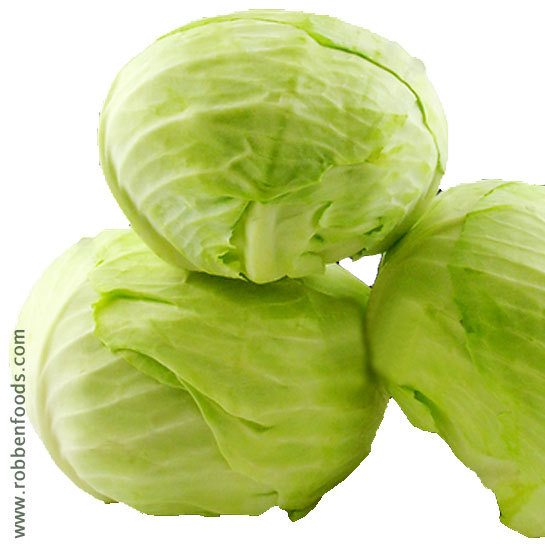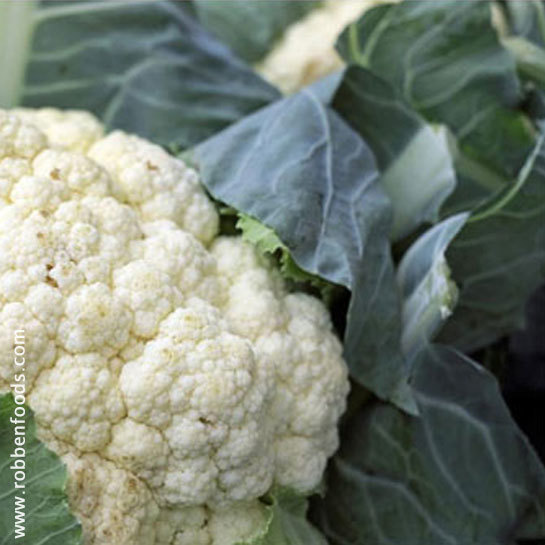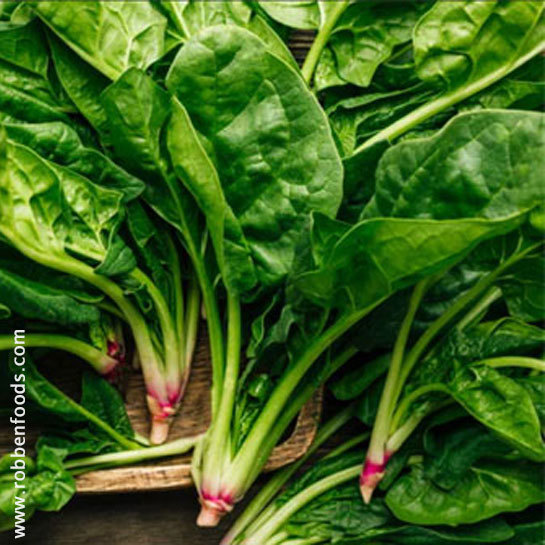Peatips are an excellent source of micronutrients that are often lacking in many people's meals.
Pea tips - with tender young leaves and stems, harvested from mature pea plants, are not only bursting with flavor but also packed with essential nutrients. Whether you have a vast agricultural space or a small garden, growing pea tips is easy, convenient, and incredibly rewarding. In this guide, we'll walk you through the steps to plant and harvest pea tips at your farm.
Planting Pea Tips
1. Choose the Right Pea Variety: Begin your pea tip journey by selecting the appropriate pea variety. Sugar snap peas or snow peas are often preferred for their sweet and tender shoots, making them ideal candidates for your farm.
2. Gather Your Supplies: Before you start, ensure you have all the necessary supplies on hand:
3. Prepare Your Growing Containers: Pea tips can be grown in various containers, including seed trays, shallow containers, or raised beds. Whichever option you choose, make sure it provides proper drainage to prevent waterlogged soil.
4. Fill Containers with Soil: Fill your chosen containers with well-draining potting mix or garden soil. The soil should be loose and crumbly, providing a conducive environment for pea shoot growth.
5. Sow the Seeds: Evenly sprinkle the pea seeds over the soil surface. Don't be afraid to plant them densely since you'll be harvesting the young shoots. Gently press the seeds into the soil, burying them about 1/4 to 1/2 inch deep.
6. Water Thoroughly: After planting, give the soil a thorough watering to ensure the seeds make good contact with the soil. Maintain consistent moisture throughout the growing period, but avoid overwatering, which can lead to root rot.
7. Provide Adequate Light: Pea tips thrive in full sunlight, but they can also be grown indoors under grow lights. Ensure they receive at least 6-8 hours of light daily to promote healthy growth.
8. Maintain Optimal Temperature: Pea shoots prefer cooler temperatures, typically around 60-70°F (15-21°C). Avoid extreme heat, as it can cause them to bolt and produce flowers prematurely.
9. Fertilize (Optional): If your soil lacks nutrients, consider using a balanced, diluted liquid fertilizer once the plants have a few true leaves. Follow the fertilizer's instructions for proper application.
10. Support Tall Varieties (if needed): If you're growing taller pea varieties, provide adequate support, such as a trellis or stakes, to keep the plants upright as they grow.
Harvesting Pea Tips
1. Timing is Key: Pea tips are typically ready for harvest in about 2-4 weeks after sowing, when they reach a height of 3-6 inches. The young shoots are at their most tender and flavorful during this stage.
2. Use Pruning Shears or Scissors: To harvest pea tips, use clean pruning shears or scissors to cut the shoots just above the soil level. This encourages bushier growth and allows for regrowth, enabling you to harvest multiple times from the same planting.
3. Store or Use Immediately: Freshly harvested pea tips are perfect for salads, sandwiches, stir-fries, or as a garnish. They add a burst of freshness and nutrition to your dishes. If you have surplus shoots, store them in the refrigerator for a few days to maintain their freshness.
In conclusion, growing and harvesting pea tips on your farm is a rewarding experience that offers both culinary delights and nutritional benefits. These vibrant greens are versatile, space-efficient, and an excellent source of vitamins and protein. Whether you have a sprawling farm or limited garden space, you can easily cultivate and enjoy the deliciousness of pea tips right at your doorstep. So, roll up your sleeves, plant some seeds, and savor the joys of homegrown pea shoots on your farm.



